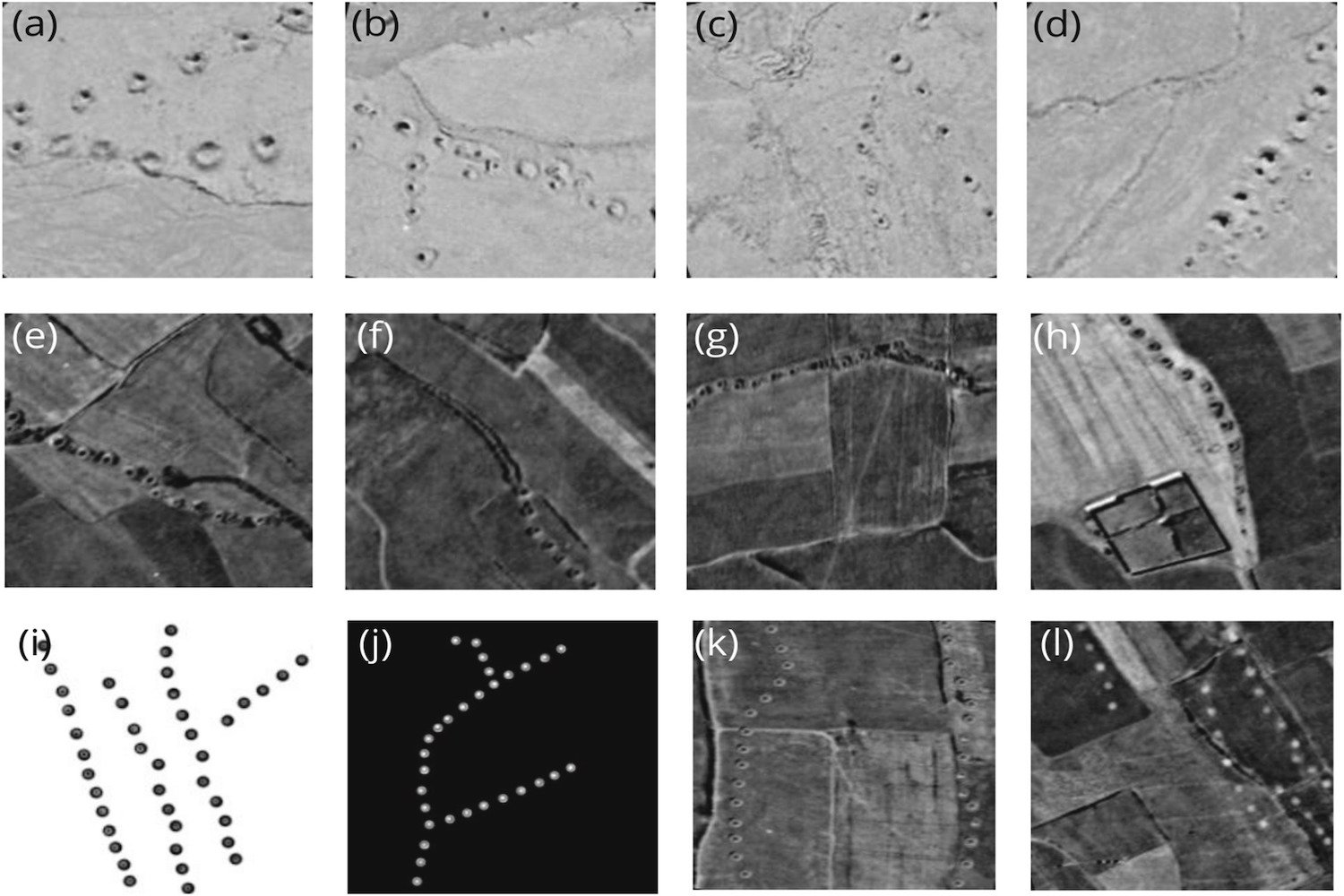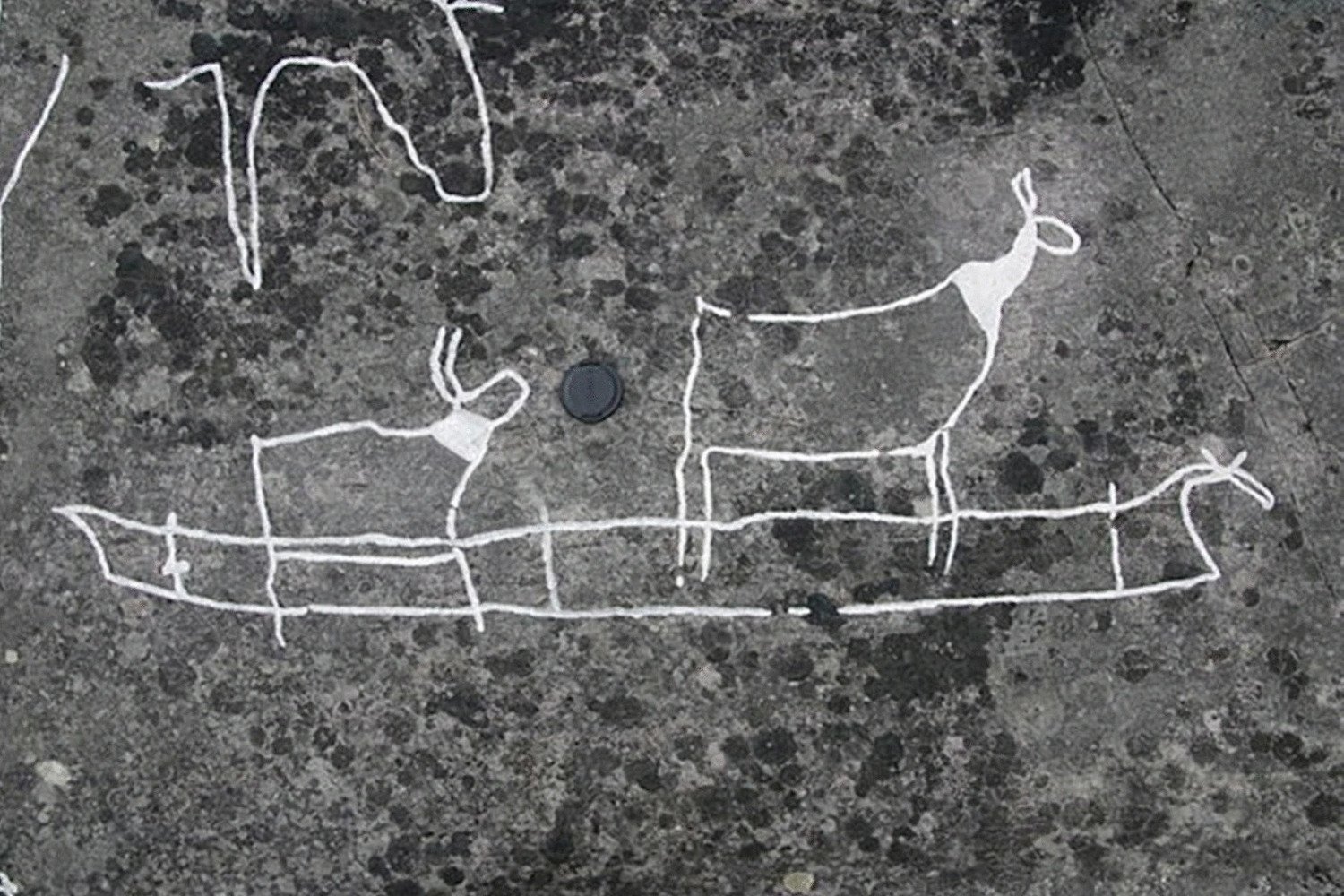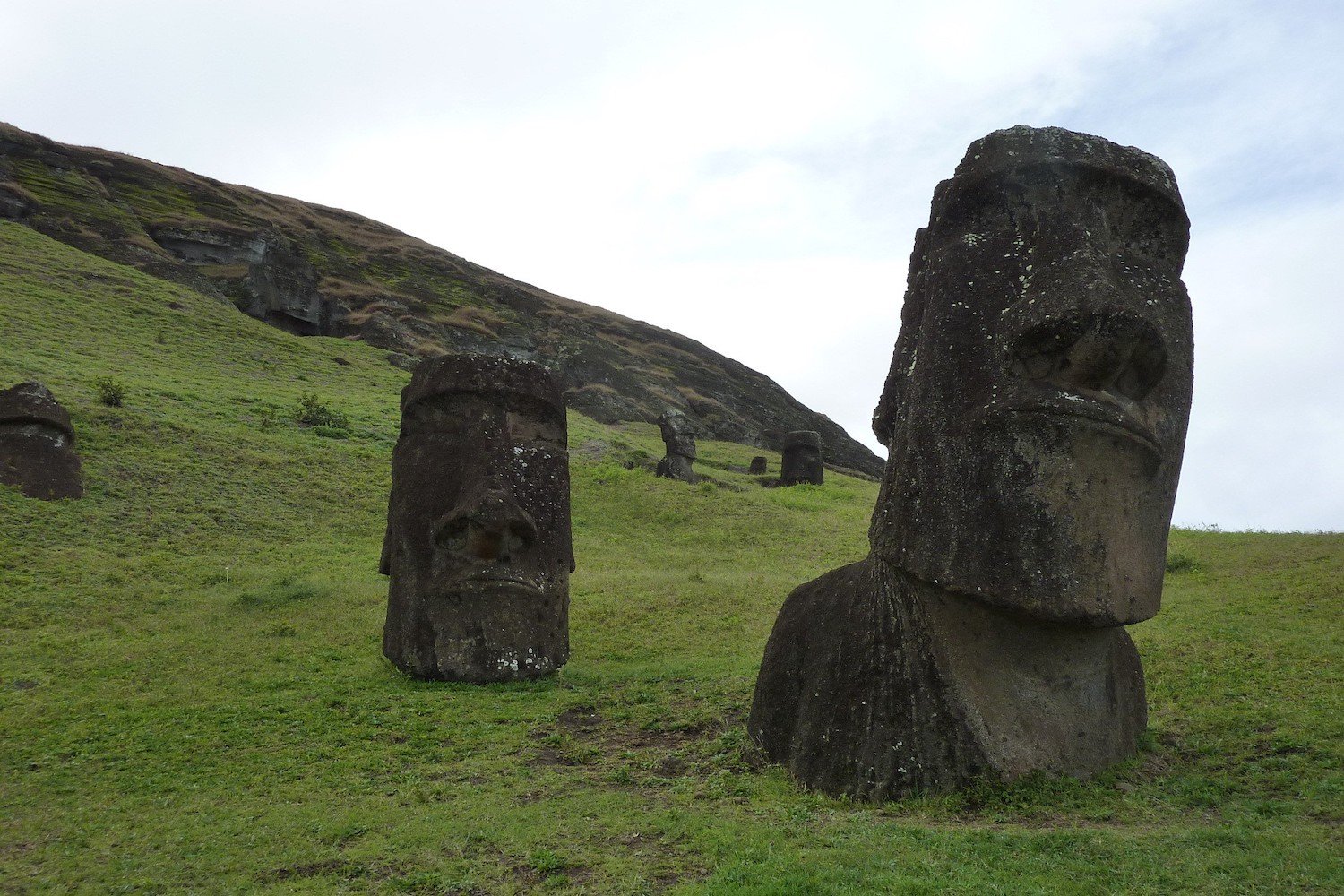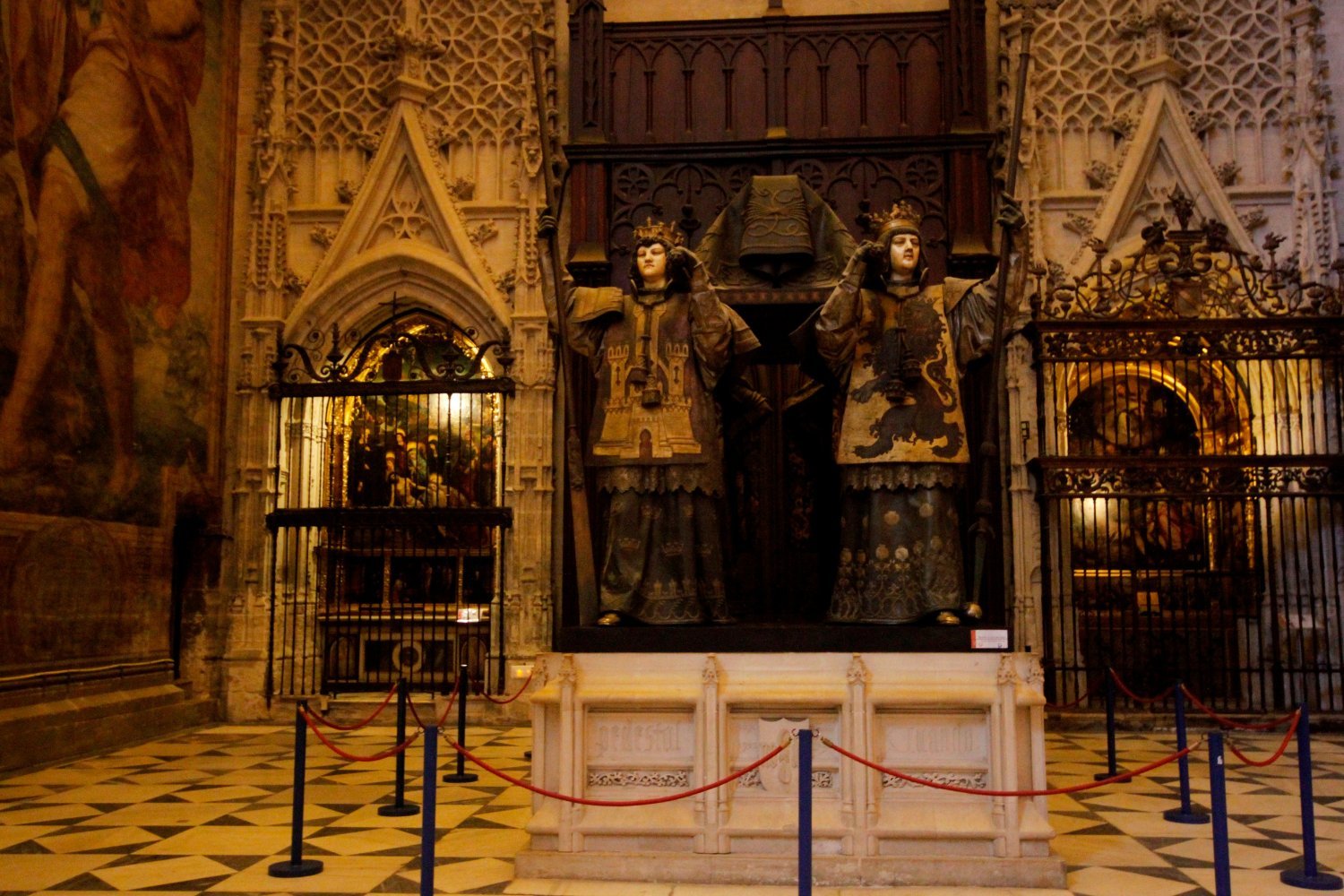The popular image of Vikings as bloodthirsty raiders, fueled by films like The Northman, may not be entirely accurate. Recent research suggests that Viking societies differed significantly in their levels of violence, with Danish Vikings showing a surprising propensity for peace compared to their Norwegian counterparts. This challenges the common perception of a homogenous Viking culture.
A new study published in the Journal of Anthropological Archaeology analyzed skeletal remains, ancient weapons, and runestones to compare Viking societies in Denmark and Norway. The findings reveal a stark contrast in the frequency and nature of violence between the two regions.
The research indicates that weapons were far less common in Denmark than in Norway. For every sword discovered in Denmark during the late Iron Age, approximately 17 were found in the Stavanger region of Norway, reflecting a significant disparity in weapon prevalence. This difference is further corroborated by the analysis of skeletal remains. While a substantial number of Norwegian skeletons exhibited signs of pre-death injuries, Danish skeletons primarily showed injuries consistent with execution, such as decapitation or hanging. These findings paint a picture of Danish Vikings as less prone to interpersonal violence.
The researchers theorize that this difference in violence levels could be linked to differing social structures. While Norwegian Vikings may have operated under a more decentralized, “might-makes-right” system, Danish society appears to have been more centralized, potentially leading to a more “civilianized” existence. This suggests that political organization played a crucial role in shaping the social dynamics and levels of violence within Viking communities.
This study challenges the traditional view of Viking Scandinavia as a single, unified cultural entity. “The findings of these patterns suggest that we are talking of distinct societies in the regions of Norway and Denmark,” lead researcher Jacobson stated. This is quite striking, as the assumption has been that socially Viking Scandinavia was largely a singular space.
The research also highlights the complex relationship between violence and social structure, drawing parallels with other historical civilizations, such as tribes in the Andes. Evidence suggests that societies with less political centralization often experienced higher levels of interpersonal violence.
In conclusion, this study offers a nuanced perspective on Viking society, demonstrating that generalizations about their violent nature may be misleading. The research underscores the importance of considering regional variations and the influence of social and political structures when studying historical cultures. It reveals that even societies often associated with violence, like the Vikings, were far more complex and diverse than previously assumed.










